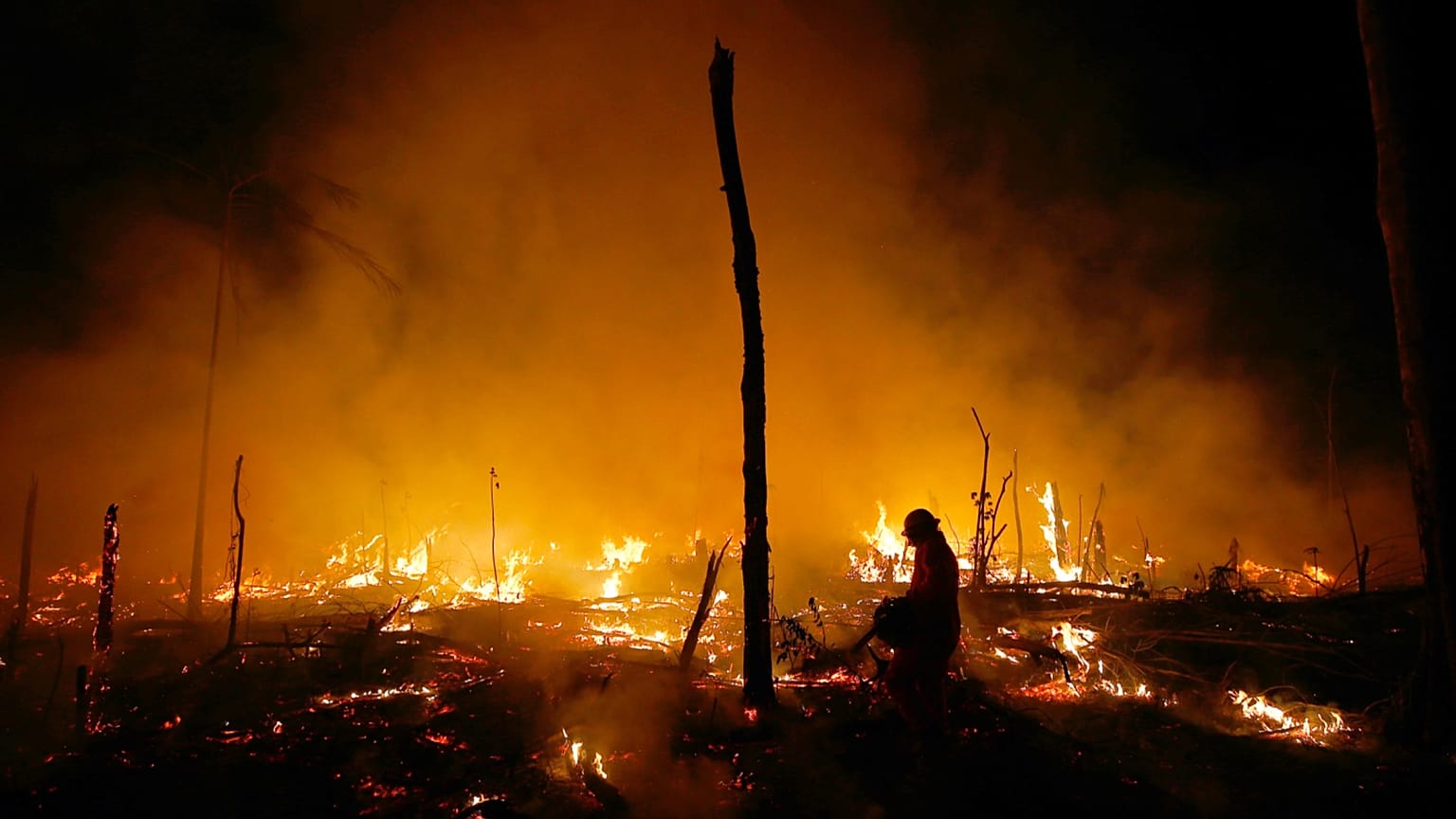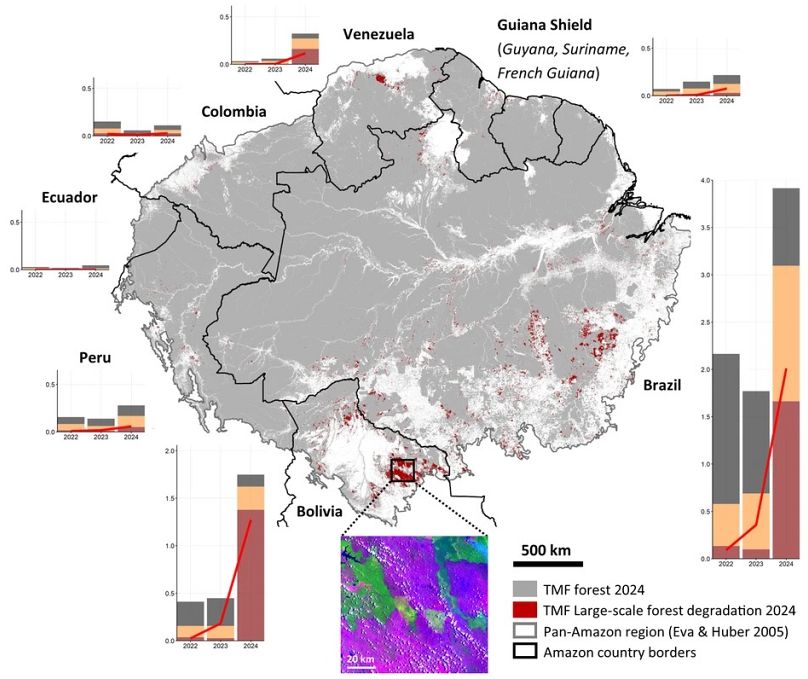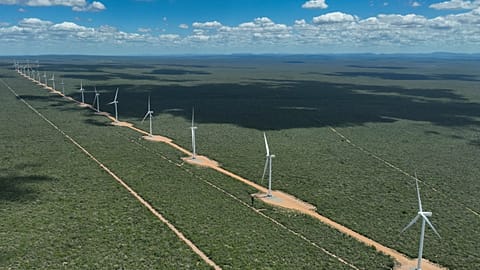Fires in the Amazon Rainforest have surged to record-breaking levels, highlighting the region’s ‘growing ecological fragility'.
 ADVERTISEMENT
ADVERTISEMENT
The Amazon rainforest has undergone its “most devastating” forest fire season in over two decades, despite a slowing trend in deforestation.
A new study from the European Commission’s Joint Research Centre, published in Biogeosciences, found blazes impacted 3.3 million hectares of the Amazon last year alone.
Researchers say this triggered record-breaking carbon emissions and ecosystem degradation, exposing the region’s “growing ecological fragility”.
How much damage did last year’s Amazon fires cause?
Using data from the Tropical Moist Forest monitoring system and filtering out false signals caused by agricultural fires or cloud covers, scientists say they were able to detect and verify fire-driven forest degradation with a “novel level of precision”.
They found that the 2024 fires released around 791 million tons of carbon dioxide into the atmosphere, which is roughly the amount of emissions that Germany produces in an entire year.
This is a sevenfold increase from the average of the previous two years, and marks the first time fire-induced degradation has overtaken deforestation as the primary driver of carbon emissions in the Amazon.
“The escalating fire occurrence, driven by climate change and unsustainable land use, threatens to push the Amazon towards a catastrophic tipping point,” the study warns.
“Urgent, coordinated efforts are crucial to mitigate these drivers and to prevent irreversible ecosystem damage.”
The geographical spread of the fires was also a concern among researchers, with Brazil experiencing the highest level of emissions from forest degradation on record.
In Bolivia, fires affected almost a tenth (nine per cent) of the country’s remaining intact forest cover, which was described as a “dramatic blow” to a region that has long served as a vital biodiversity reservoir and carbon sink.
Amazon rainforest fires: What causes them?
Due to its high humidity and regular rainfall, the Amazon’s forests have historically been fire-resistant.
However, following the 2023-2024 drought and intense heatwaves, the region’s surface water resources have been diminished and soil moisture has reduced, both of which increase the likelihood and severity of blazes.
Researchers say the “extraordinary surge” in fire activity is likely fuelled by extreme drought stress, and worsened by climate change, forest fragmentation (where large, continuous forest is broken into smaller pieces due to human activity) and land-use mismanagement.
This includes escape fires – a technique where firefighters intentionally start a smaller fire in a safe area to create a barren patch of land to retreat to when approached by a larger wildfire – as well as criminal fires set by land grabbers.
‘Immediate action’
The report highlights how fires can erode forest integrity without necessarily clearing it.
“Degraded forests may look intact from above, but they lose a significant portion of their biomass and ecological function,” it adds.
Researchers have therefore called for “immediate and coordinated action” to help reduce fire use, strengthen forest protection policies, and support local and indigenous stewardship efforts.


















